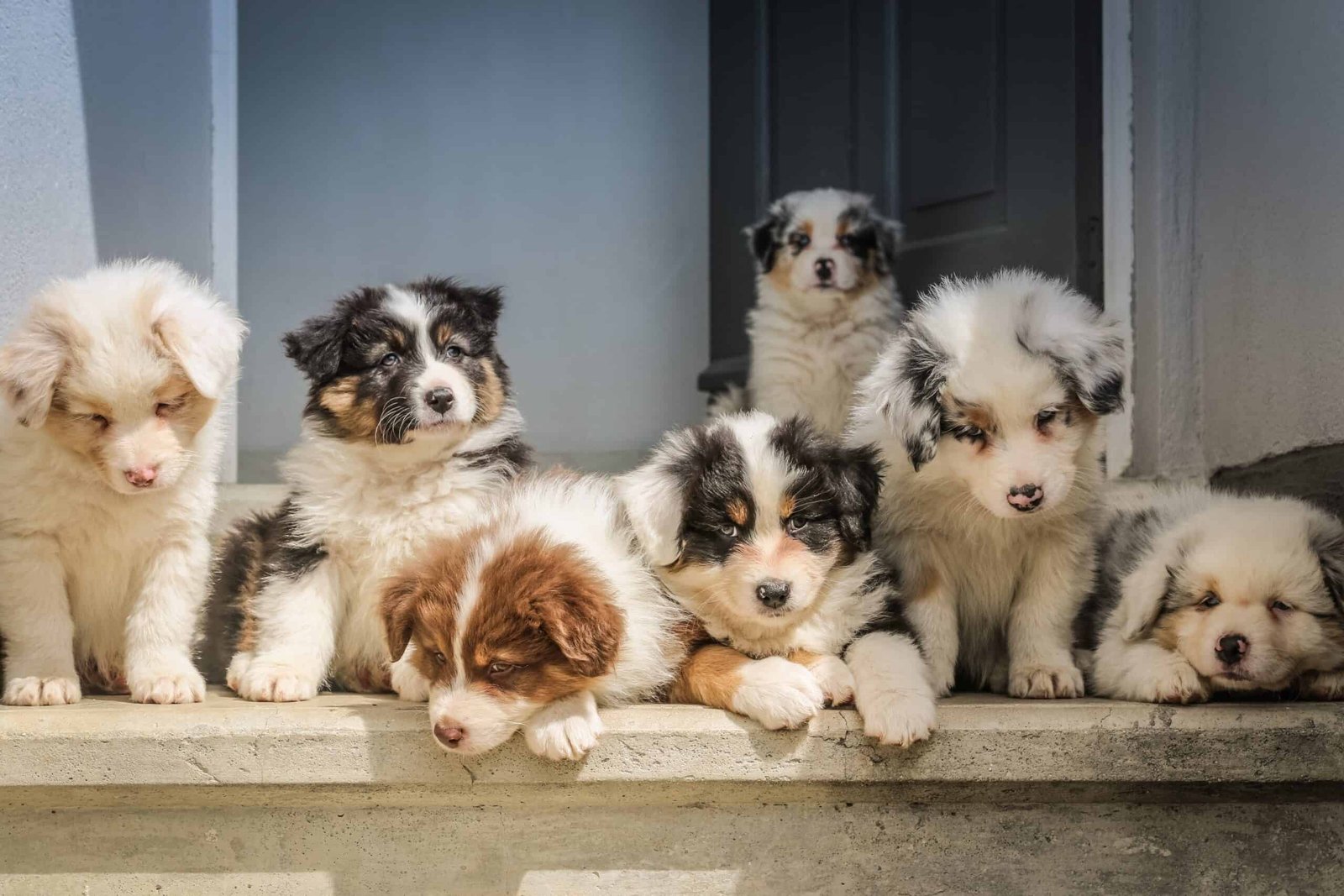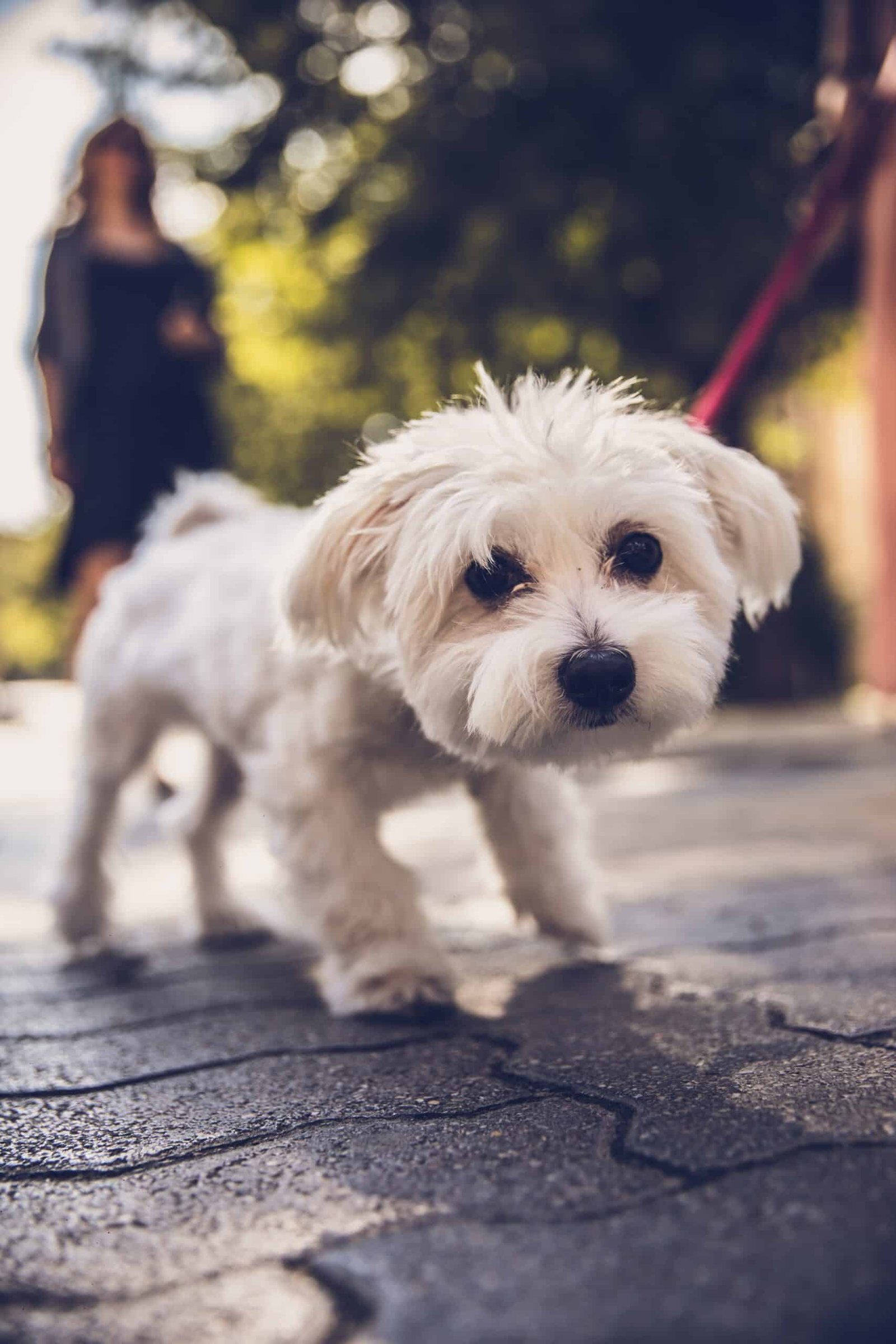Puppies are so cute and cuddly, but eventually they grow into bigger dogs that can continue to get into everything. It is at that moment, when your dog is bigger, that you will feel they are no longer as cute as they used to be. This is the main reason why you must spend your time training your puppy right away. Then you can still think they are cute when they are older, because they will be so well-behaved!
What You Must Know About Training Your New Puppy
The Best Ways to Train Your Puppy
You should always start a training session with your puppy after they have napped, because they will be well-rested. If your puppy gets super excited when they wake up, you may want to play with them for a few minutes, so they can focus better. It is also best to have them go outside to go to the bathroom before training begins, so you won’t have any accidents or interruptions.
It is best for all your training sessions with your puppy to be conducted in a familiar area with minimal distractions. Yes, your puppy will need to get used to doing all these things when they are distracted, but you don’t want those distractions when your puppy is learning!
Play breaks can be necessary during trainings, so having a few toys within your reach can be rather helpful. We also recommend having your pocket, or a bag, filled with your puppy’s favorite treats. This will ensure you have a reward ready when your puppy does what you ask.
Age Milestones for Puppy Training
There are different trainings you should do with your puppy, depending on their age. Older dogs can accomplish so much more than younger dogs, so it is best not to ask too much of your puppy before they are ready.

8-10 Weeks of Age
At this age, your puppy probably just got to your home, and you are both still getting used to each other. This is the time of multiple middle of the night bathroom calls, as well as a few accidents. However, your puppy is very intelligent, and they are ready to learn whatever you are willing to teach them.
This is the time to set up your daily schedule. This schedule will allow your puppy to learn when they will eat, go outside, take walks, and even play with you. If your puppy will be spending time in a crate, you should also have a daily schedule for them to be in it.
Since your puppy is still so young, your training time right now will include crate and potty training. You want your puppy to understand their crate is a happy place and not where they go for punishment. As for going outside to use the bathroom, treats are necessary rewards for when they let you know they have to go.
Walks are going to be a regular part of your days, so this is the best time to get your puppy started with getting used to the leash. Don’t head out on a long walk just yet though. Simply clip the leash to their collar and let them walk through the house. This will let your puppy get used to the gentle curve you will leave in the leash when you are both walking together.
Sit is one of the first behavioral lessons you will want to work on with your puppy. We recommend starting with this lesson, because it is easy to get a puppy to sit when you are holding something they really want. Yes, it will take them a while to learn, because they will really want what you are holding and will want to jump up for it. But they will learn quickly that they will get that item much faster if they do what you are asking!
10-12 Weeks of Age
Now that your puppy is a little bit older, they will want to chew on everything in sight! This is the time to show them what they can chew on and stop them from chewing on everything else. This is going to be a huge task for you, because you obviously can’t be next to your puppy all day and night.
Hopefully, your puppy knows how to sit on command by now. If not, keep working on that skill and add the “say please” skill to it. This skill builds on the sit command, because your puppy will automatically sit when they want something.
This is also the time to start working on basic commands like coming when you call their name, telling them to get down, and even staying in one place. The last one will be difficult and will take a while for your puppy to master.
You know you will need to take your puppy to the vet throughout their lifetime, so it is an excellent idea to get them used to being handled. Let them get used to you looking in their mouth, touching their ears, paws, and tail, and even rubbing your hands over their body. A brush can be helpful for this, while also removing loose fur to keep their coat healthy.
At this age, your puppy will also need to get used to being alone throughout the day. You can begin by going into another room for a few minutes and then building up the time your puppy is alone. It is best to give your puppy an item like a toy to keep them busy until you return. Once your puppy gets used to you being gone from a room, you can start leaving them alone in the house for short periods of time and working your way up to a longer time frame.

3-4 Months of Age
If you have been socializing your puppy with other animals the last few weeks, this is the time when you can take them to even more populated areas. And if you hadn’t started the socialization yet, since they didn’t have all their vaccinations, this is an excellent time to start the socialization process. Start slow with very few people, so your puppy doesn’t get overwhelmed.
Leash training gets real at this age since your puppy is now a lot stronger. It is best to focus on polite leash walking instead of letting them pull you along. If your puppy gets a little too excited, make them stop and sit for a minute, before trying again.
4-6 Months of Age
Leash manners should be completely instilled in your puppy by now. The same holds true for all the basic commands. If your puppy is struggling with any of these, we recommend you take them to a puppy training class near you. It is amazing what the instructors can do with all types of dogs!
You may want to consider these classes as well if you want your puppy to have even more training than what you can offer them.

How to Crate Train Your Puppy
Crate training your puppy is fairly easy, as long as you follow some basic guidelines. First, you must choose the right crate for your dog. It should be just big enough, so your dog can turn around, stand up, and lay down. If a crate is too big for your dog, they may see it as an opportunity to use an unused section as their personal bathroom.
A crate is supposed to be a safe place for a dog, so you should never use it as punishment. To keep your puppy positive, we recommend feeding them in the crate and even offering treats for them to go inside. Interactive dog toys can also entice your puppy to go inside, even if the door is left open when they are in there.
You should never over-crate your puppy. If you leave your puppy inside the crate for too long, they will have an accident. They will then be scared to return to their crate and in fear, because they think they will continue to have accidents in there.
How to Potty Train Your Puppy
A lot of patience is needed when you are potty training a puppy. This is why we recommend staying on a schedule when it comes to everything, including potty training. It is best to take them outside approximately fifteen minutes after they eat, as well as after play sessions, after naptime, and before and after being in the crate.
You must keep an eye on your puppy when they are outside going to the bathroom, so you know they went. You should also keep an eye on them in the house, so you can look for clues that they need to go outside. Every puppy has their own body language, so they will definitely give you clues. You simply need to know what your puppy’s clues are!
Treats can be helpful when your dog goes to the bathroom outside, because they will associate going outside with something good. You might also want to use key phrases, like hurry up, as they are going to the bathroom. They will learn that phrase and it will help them go, even if the weather is less than desirable.
It is very difficult to potty train a puppy, but you should never punish them if they have an accident. Doing so will damage the bond you have created with them, and it doesn’t show them what they should be doing instead. We recommend trying to get your dog outside if you see them having an accident in the house. If you miss the action, simply clean it up and try to keep a closer eye on your puppy in the future.

How to Train Your Puppy to Sit
When you start working with your puppy on sitting, we recommend holding a treat by your puppy’s head and saying sit. As your puppy raises their head, their bottom will get closer to the ground. Tell them they did a good job and give them their treat.
After a while, you can start to get your dog to sit without using a treat without a reward. It is best to have them sit a couple of times without the reward and then give them pleasure the next time to surprise them. This will allow your puppy to understand they are still loved, and they will still get treats on occasion.
How to Train Your Puppy to Come When You Call Them
Most people expect their puppy to come when they call its name, but we recommend choosing another word like “come”. This will ensure they come when you want them to instead of every time you say their name to someone else.
Begin by saying the word you are using, while also clapping or making kissing sounds. Your puppy will recognize those sounds as being good and will rush right to your side. When your puppy does come over, you can reward them with a treat.
Keep practicing this skill and before you know it, your dog will come every time you call them. Again, after some time, you can stop giving your puppy treats every single time you call them.
While you are puppy training, you may want to puppy-proof your home with baby gates. It is also best to keep puppy treats in multiple rooms of the house, out of your puppy’s reach of course, so you have them readily available to reward your puppy. This is especially important at the beginning when they are just starting to understand all the simple commands you are using.
Puppy training is going to be one of the most challenging tasks you have ever tackled. Yet, when you follow these steps and take the time to puppy-proof your home, you will be quite successful. That means both you and your puppy will be happy because you are both enjoying this time together while learning new things.


